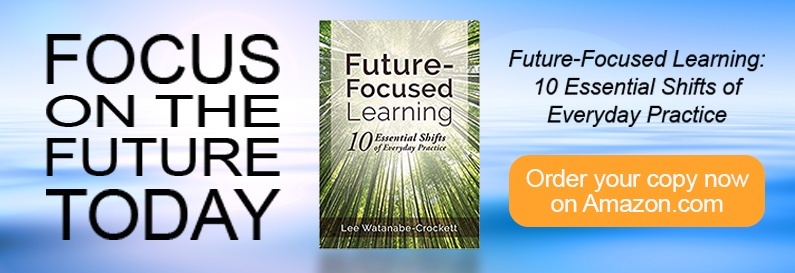Why Reaching Learners Emotionally Matters More Than Anything
A child may sometimes forget what they've learned, but they will never forget how you made them feel. About you, about themselves, and about life. That's why, as a teacher, reaching learners emotionally matters above all else.
Think back for a minute to your own school experiences. When were you most engaged in learning? At what times did you feel like what you were hearing and talking about truly mattered? What was it about your classroom learning that impacted you most? Can you pinpoint those precise moments where you connected with the topics on far more than a base intellectual level?
If you can, and are able to recreate those moments with your own flair, you've come a long way in reaching learners emotionally just as you were reached back then. That's when the real learning happens.
Context and Relevance in Learning
Connection and relevance occur when we stimulate an emotional response with our teaching. Learners can be inspired, excited, curious, happy or outraged as the result of a provocation, which as the word means, provokes a response. It is these emotional connections that are essential to learning.
Don't underestimate or interpret reaching learners emotionally as either a trend or an indulgence. After all, creating this emotional connection might seem challenging, but research demonstrates that doing so is well worth your time as it significantly increases learning and academic performance.
Connection and relevance occur when we stimulate an emotional response with our teaching.
However, there is something else to consider according to Dr. Mary Helen Immordino-Yang, an educator and Professor of Psychology at the Brain and Creativity Institute. She discusses the paramount importance of instructional practices being geared toward reaching learners emotionally in her book Emotions, Learning and the Brain. In her writing she makes a striking statement worth considering: that it is "literally neurobiologically impossible to think deeply about things that you don’t care about.” ((Immordino-Yang, 2015)
In other words, without an emotional connection, learning doesn't happen. Since one of our goals as teachers is to try and get kids excited about learning, ensuring emotional connection is a priority makes perfect sense.
Better Learners Building a Better World
In October 2016 at Melrose High School in Canberra, we held the first ever Solution Fluency Thinkfest. Four primary schools sent us students to work with a high school student as the facilitator. They were asked to use Solution Fluency to research and develop a solution to the question, “What is the most urgent problem in the world?” The following is a brief list of their responses:
- Animal cruelty
- Disease
- Racism
- Drugs
- Cruelty to Women
- Suicide
- Abuse
- Murder
- Crime
- Poverty
- Homelessness
- Disabilities
- Mental heath
- Education
- Pollution
- Littering
- Car accidents
- Drunk driving
- Loss of nature
- War
- Space Pollution
- Terrorism
- Cancer
- Global warming
- Animal extinction
- Homophobia
- Junk-food
- Bullying
- Cyberbullying
- Natural disasters
- Hunger
This was a far cry from the more superficial responses we (naively) expected from them. We proceeded to remind the kids that Solution Fluency is what you do when you don’t know what to do. So they began by defining these problems clearly, and next began collaborating on potential solutions together. All in all it was beyond inspiring to witness, and it demonstrated how much we dramatically underestimate our learners. In fact, many of them were so emotionally invested in their processes that we couldn't get them to stop for lunch. Ultimately, it speaks to how much potential we have as educators to find ways of reaching learners emotionally by putting these matters in front of them in our classrooms.
What Can You Do?
Lao Tzu claimed that the thousand-mile journey starts with taking one step. No one can expect to begin reaching learners emotionally and transforming learning overnight. It takes little steps, small bites, and plenty of patience and guidance on the part of the teacher. Many of the schools we work with are doing just that—connecting to learners' emotions through relevance one lesson and one experience at a time.
Emotional connection is one of the 10 shifts of practice that we discuss in our latest book Future-Focused Learning. In this book we present activities or "micro shifts" you can use for reaching learners emotionally in your lessons, along with the other shifts for transforming teaching.
It begins with asking a single question—what are your learners most concerned about, and what do they want to do about it?
Additional Reading
- A List of New GDCF Success Stories With Inspiring Fluency Teachers
- How to Connect to Content With Meaning for Achieving Better Learning
- The Future of Education is Unstructured Learning, and Here's Why



